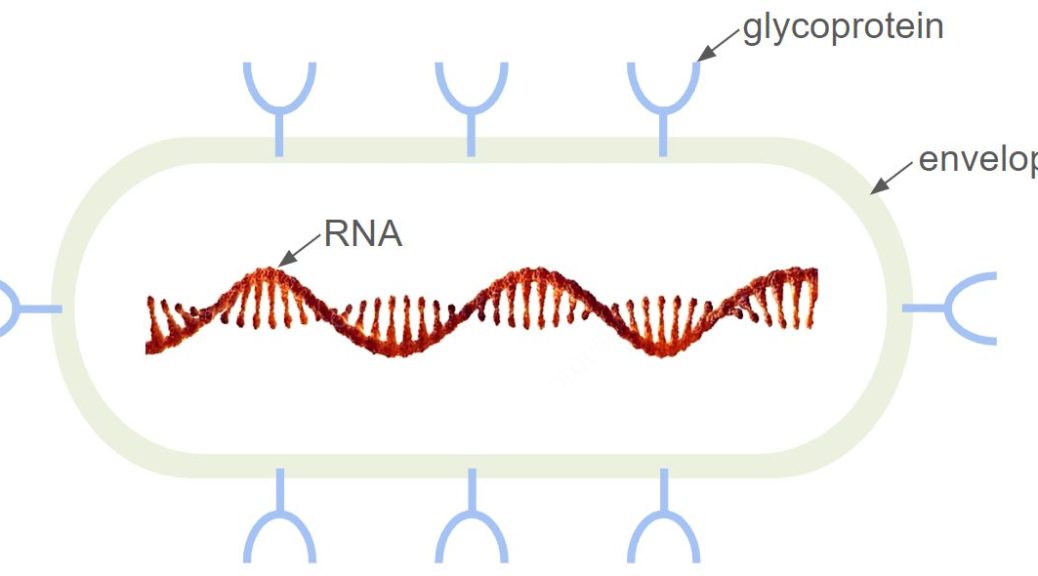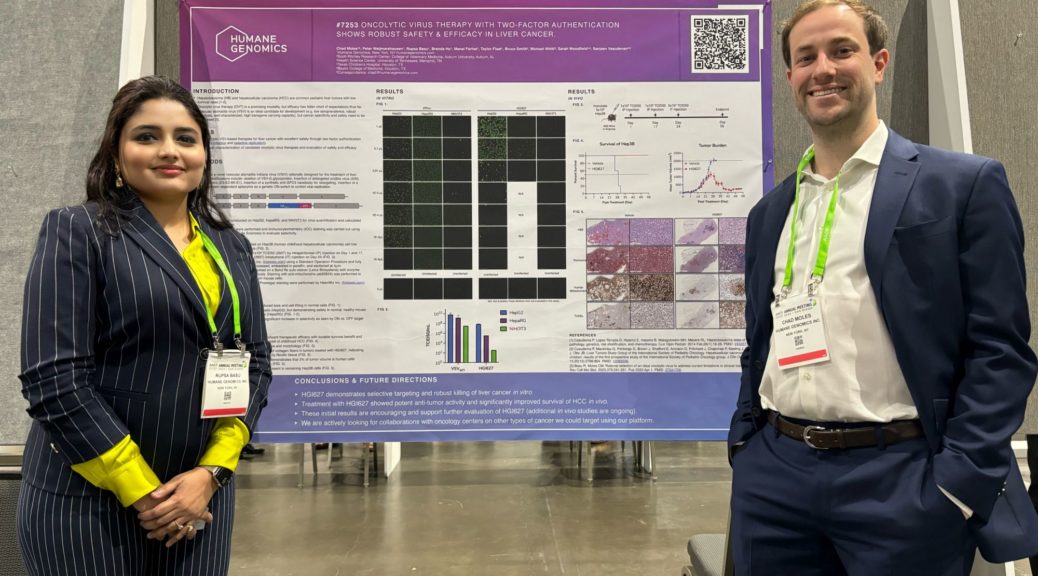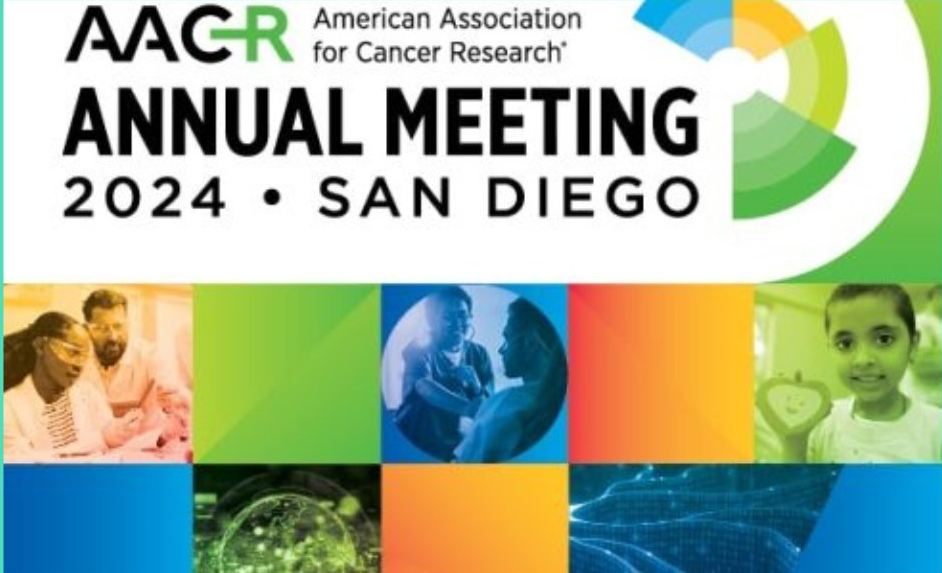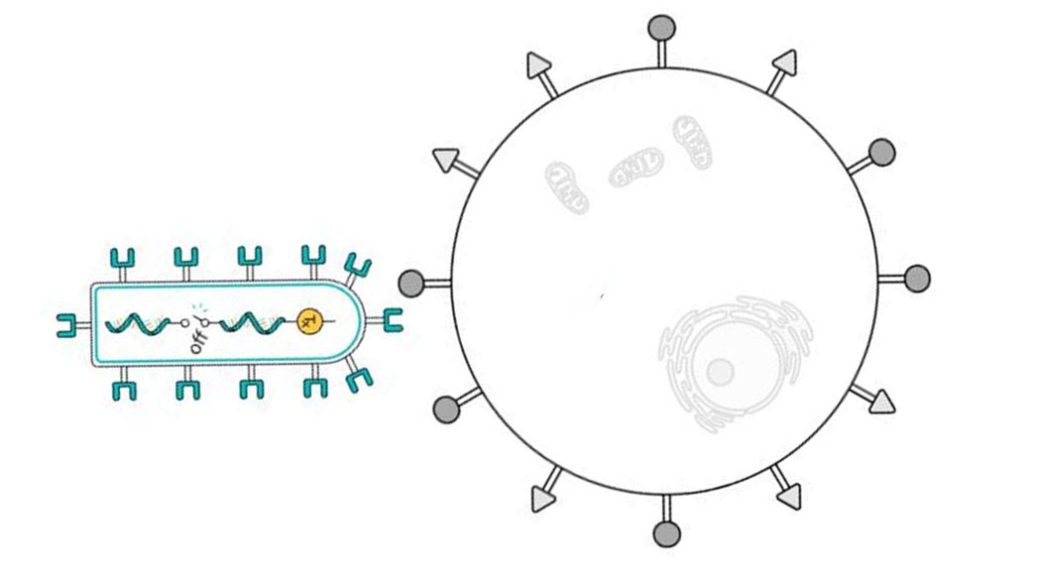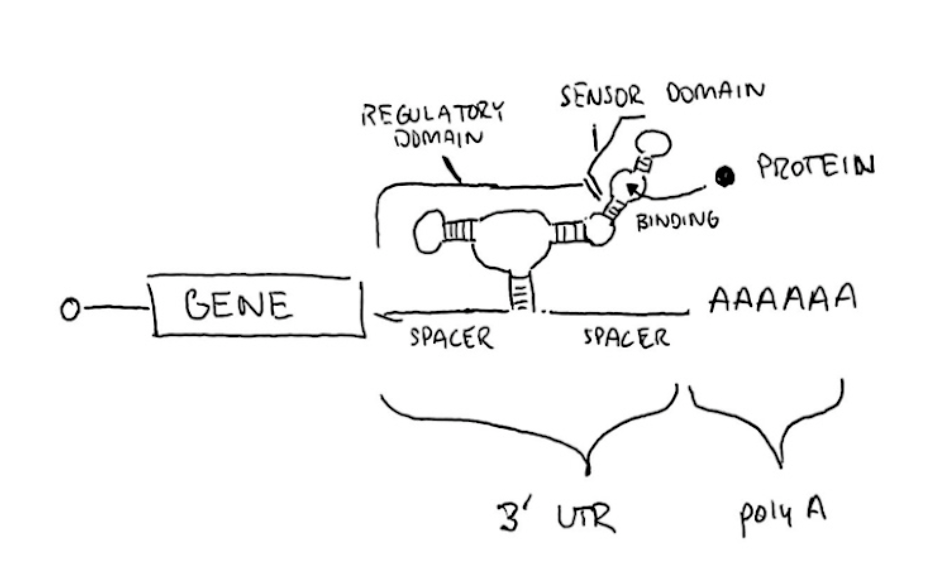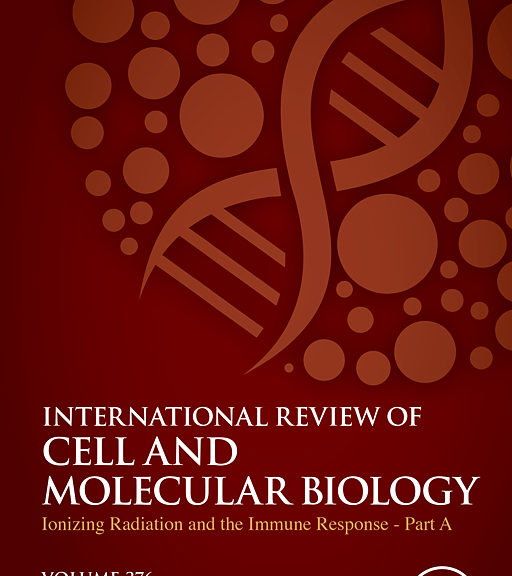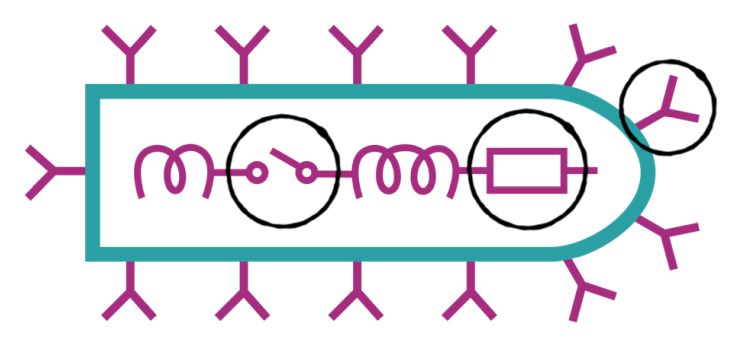The Science of Engineering Viruses
Introduction Have you ever wondered how viruses are engineered in a lab setting? Although it may sound like complex wizardry, the process is quite approachable with a bit of molecular biology under your belt. This blog post aims to demystify the creation of viruses, making it accessible to anyone curious about the steps involved. Understanding Virus Structure Before diving into virus creation, it’s essential to understand what a virus consists of, in this case specifically lytic RNA viruses, as these…
